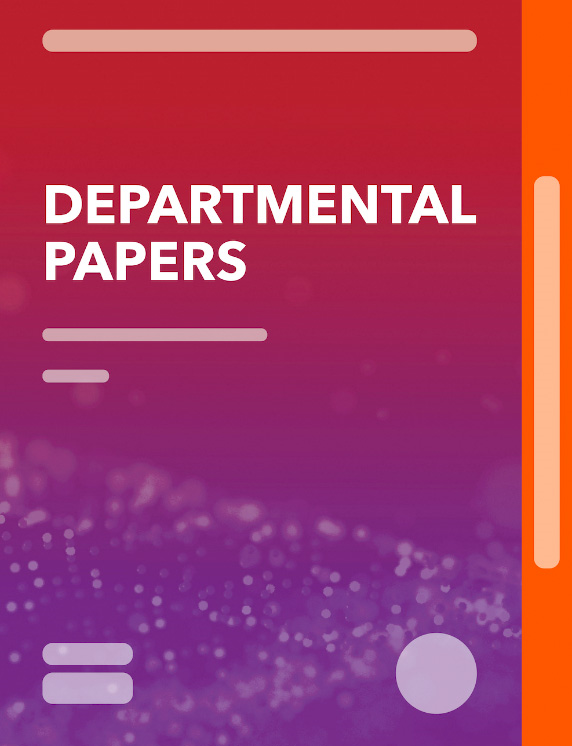How Much Carbon Pricing is in Countries’ Own Interests? The Critical Role of Co-Benefits
September 17, 2014
Disclaimer: This Working Paper should not be reported as representing the views of the IMF.The views expressed in this Working Paper are those of the author(s) and do not necessarily represent those of the IMF or IMF policy. Working Papers describe research in progress by the author(s) and are published to elicit comments and to further debate
Summary
This paper calculates, for the top twenty emitting countries, how much pricing of carbon dioxide (CO2) emissions is in their own national interests due to domestic co-benefits (leaving aside the global climate benefits). On average, nationally efficient prices are substantial, $57.5 per ton of CO2 (for year 2010), reflecting primarily health co-benefits from reduced air pollution at coal plants and, in some cases, reductions in automobile externalities (net of fuel taxes/subsidies). Pricing co-benefits reduces CO2 emissions from the top twenty emitters by 13.5 percent (a 10.8 percent reduction in global emissions). However, co-benefits vary dramatically across countries (e.g., with population exposure to pollution) and differentiated pricing of CO2 emissions therefore yields higher net benefits (by 23 percent) than uniform pricing. Importantly, the efficiency case for pricing carbon’s co-benefits hinges critically on (i) weak prospects for internalizing other externalities through other pricing instruments and (ii) productive use of carbon pricing revenues.
Subject: Carbon tax, Environment, Expenditure, Fuel prices, Greenhouse gas emissions, Non-renewable resources, Prices, Public expenditure review, Taxes
Keywords: Africa, air pollution, carbon pricing, Carbon tax, co-benefits, countries price carbon, cross-price effect, fuel price elasticity, Fuel prices, fuel taxes, Global, Greenhouse gas emissions, mitigation cost, net, net benefit, Non-renewable resources, price, price responsiveness, price-gap concept, pricing, Public expenditure review, responsiveness of fuel use, top twenty emitters, uniform price, welfare cost, WP
Pages:
36
Volume:
2014
DOI:
Issue:
174
Series:
Working Paper No. 2014/174
Stock No:
WPIEA2014174
ISBN:
9781498358279
ISSN:
1018-5941






